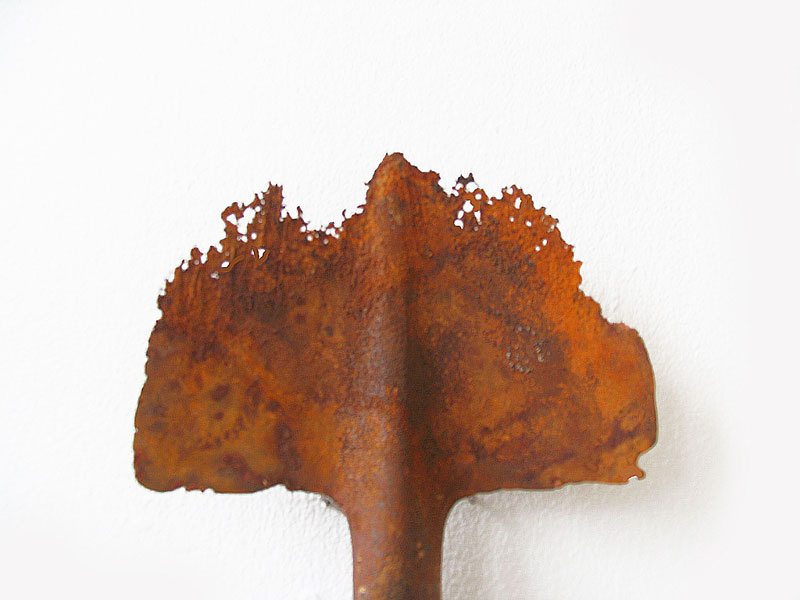[vc_row][vc_column width= »1/1″][vc_empty_space empty_h= »0″][/vc_column][/vc_row][vc_row][vc_column width= »2/3″][vc_gallery el_id= »gallery-171197″ isotope_mode= »vertical » medias= »3974,3358″ gutter_size= »3″ media_items= »media|lightbox|original,title,caption » screen_lg= »1000″ screen_md= »600″ screen_sm= »480″ single_width= »12″ single_overlay_opacity= »50″ single_padding= »2″][/vc_column][vc_column width= »1/3″][/vc_column][/vc_row][vc_row][vc_column width= »1/1″][vc_raw_html][/vc_raw_html][/vc_column][/vc_row][vc_row][vc_column width= »1/1″][/vc_column][/vc_row]
